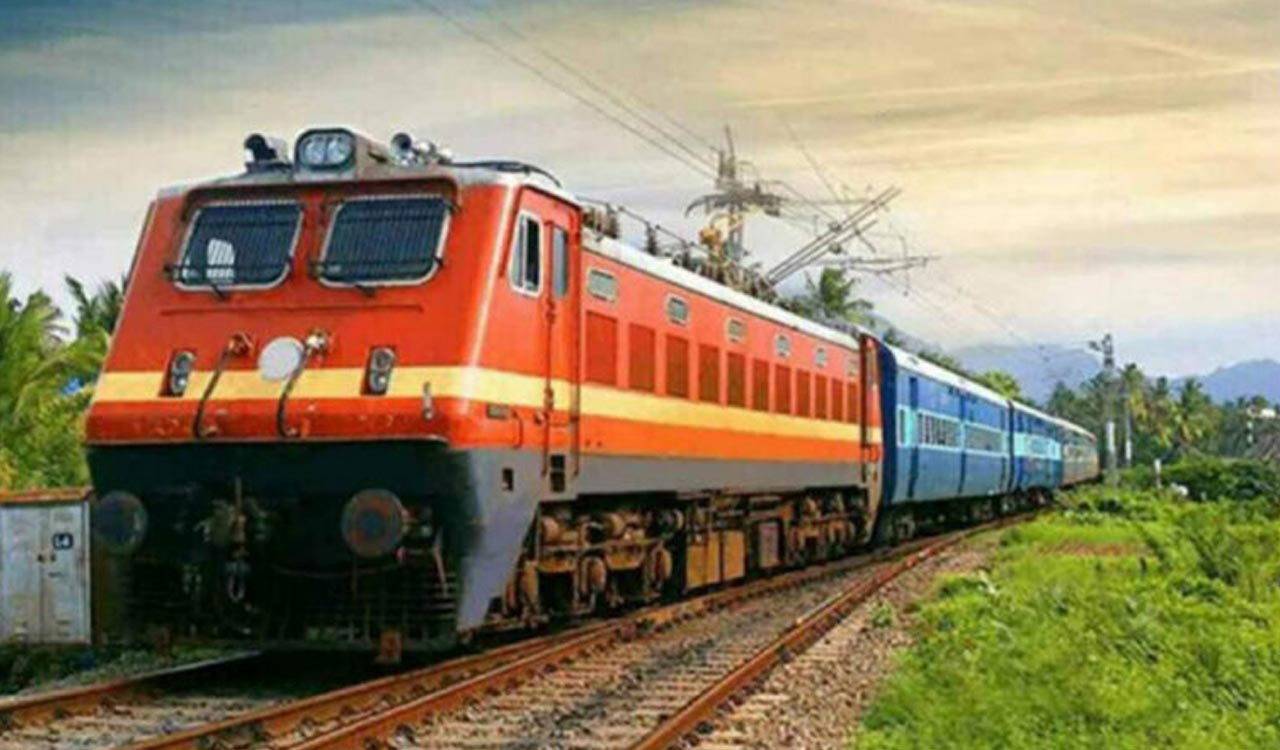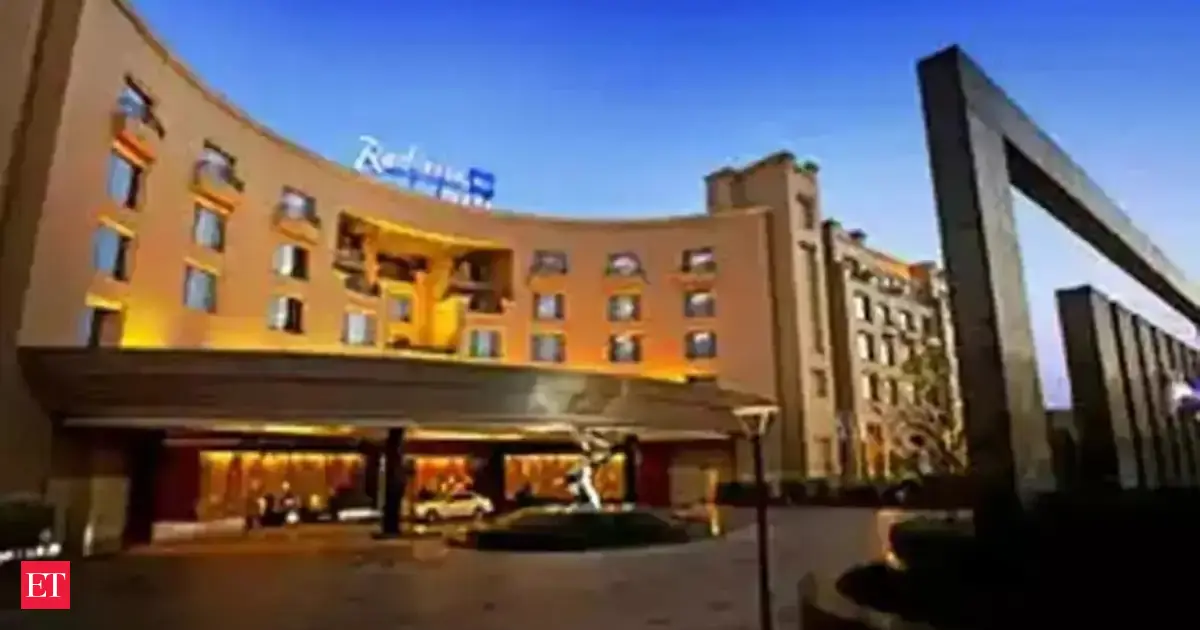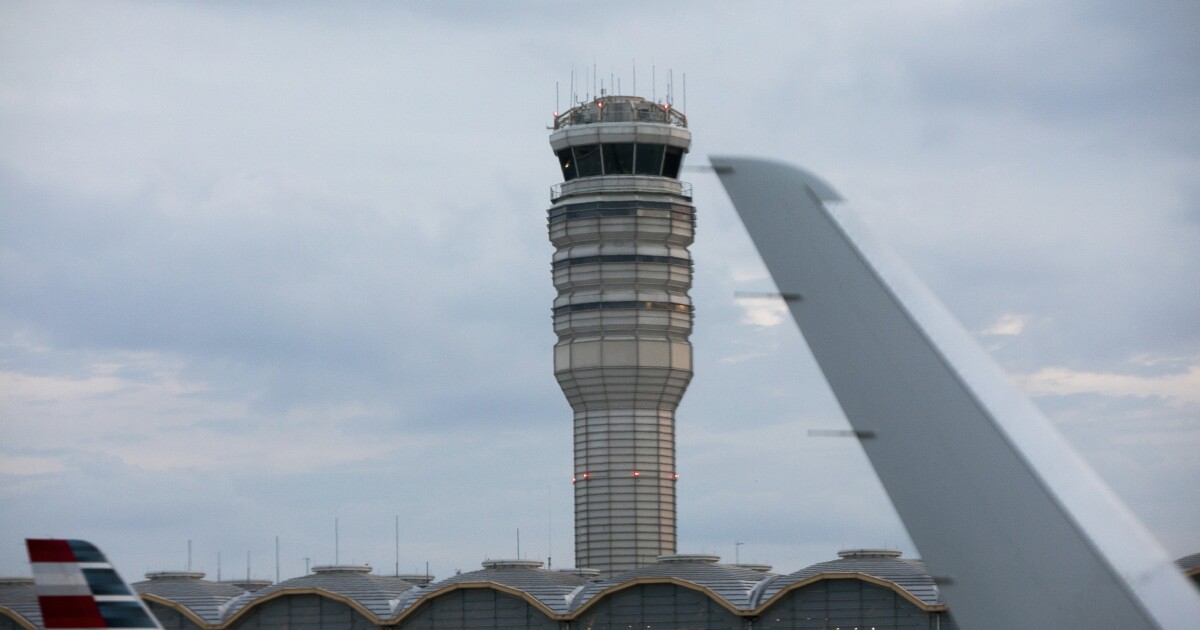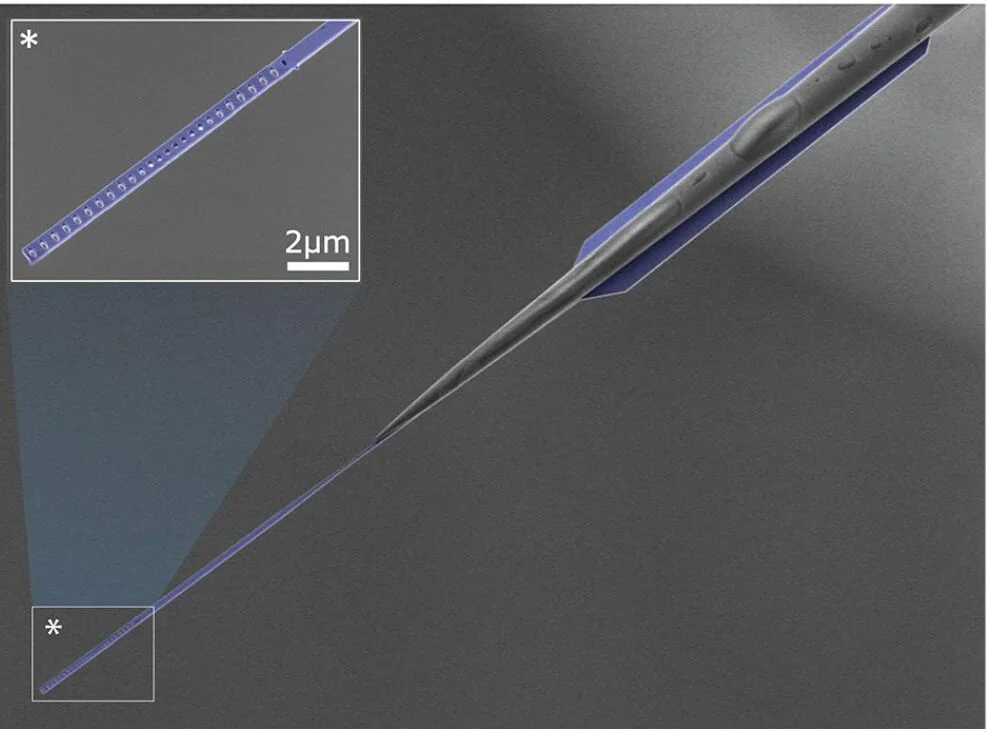Copyright news18
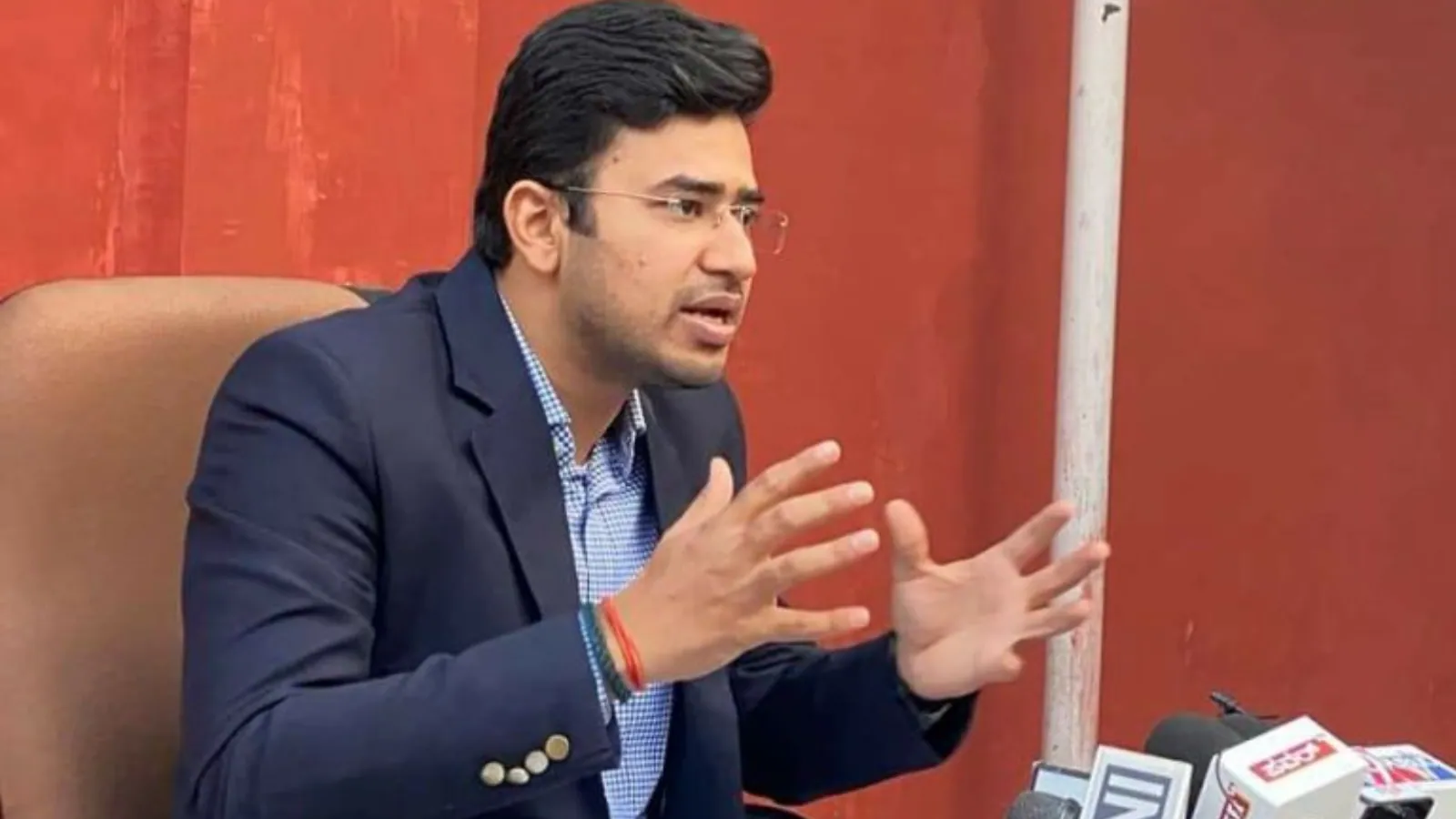
After a war of words on the proposed 17-km twin tunnel underground project between North Bengaluru’s Hebbal and Southen Bengaluru’s Silk Board, Bengaluru South MP Tejasvi Surya on Tuesday met Deputy chief minister DK Shivakumar. Surya said he had a “very cordial, very meaningful meeting” as the two leaders discussed long-term strategies to decongest Bengaluru and promote sustainable transport solutions. The MP submitted that the tunnel will affect one of Bengaluru’s oldest green lungs, causing severe ecological imbalance and affecting a three-million-year-old monolith. Surya said the idea that “more roads mean less traffic” is a myth and the real fix lies in better public transport. He urged the government to fast-track Metro expansion, which he claims can cut congestion by more than 60 per cent. Tejasvi Surya’s 5-point plan Surya laid out a five-point plan for Bengaluru’s mobility crisis: Don’t reinvent the wheel — improve execution of existing projects. Move people, not vehicles. Prioritise public transport. Integrate systems — Metro, BMTC, suburban rail — under one unified plan. And most importantly, make pedestrians the focus, not cars. According to Surya, a single light rail track (LRT) — like a tram — can move 16 to 22 times more commuters than private cars. His presentation focused on how the Rs 18,500-crore tunnel project for serving only four-wheelers while overlapping with the Namma Metro and suburban rail routes and was not workable. Surya pointed out that for ecological impact study of the project has not been conducted. It also has no drainage design, and an unrealistic 50-month deadline set up. He also said the cost estimates ignore 25 years of projected traffic growth. The MP also flagged safety and disaster management concerns, questioning whether any seismic risk assessment has been done. The tunnel’s Detailed Project Report claims a travel time saving of just 13 minutes by 2031 and 15 minutes by 2041. But an IISc study estimates that by 2060, only about 11,351 vehicles per direction will use the 18-km tunnel, showing it will be massively underutilised. And the cost? The tunnel will drain Rs 1,058 crore per kilometre, while the Red Line Metro — running on the same stretch — costs Rs 696 crore per km. Even the fares tell the story: Rs 330 for a one-way tunnel toll versus Rs 50-60 on the Metro. Surya says the comparison makes it clear — rapid transit systems are cleaner, quieter, cheaper, and far more efficient. A Metro can carry 69,000 passengers an hour per direction. The tunnel road? Barely 1,800 people an hour. What are Surya’s four recommendations? Use mixed infrastructure like underpasses and flyovers to fix traffic bottlenecks. Commission a feasibility report for a tram or light rail system. Fast-track Metro projects — especially the Red Line. Double BMTC’s fleet from 7,000 to 16,000 buses and expand Metro coverage to 300 km with three-minute frequency. Surya said Bengaluru needs smarter solutions, not expensive experiments underground. Speaking to CNN News18 after the meeting, Surya said the discussions focused on enhancing public transport infrastructure, which he described as the only sustainable solution for improving urban mobility. “We have discussed in detail how public transport and increase in public transport footprint is the only sustainable solution for effective commute and mobility in city,” he said. The Bharatiya Janata Party (BJP) MP said he requested the Deputy Chief Minister to redirect funds earmarked for the proposed tunnel road project towards mass rapid transport systems such as the metro. Surya proposed practical interventions to ease congestion on the Outer Ring Road (ORR), one of the city’s most clogged corridors. “On the ORR, which is the most congested bottlenecked area, we have two metro stations, KR Puram and Silk Board stations at two ends. Between these two stations, if 5–10 minute loop buses with dedicated bus lanes are made then it will greatly help a lot of people easily reach places, bringing down traffic and bringing down commute time in ORR,” he said. He also urged the state government to appoint a chairman for the Bengaluru Metropolitan Land Transport Authority (BMLTA), which he described as the most important agency for coordination between different transport parastatals. “BMLTA should be empowered,” he said. Yesterday, DCM Shri @DKShivakumar asked me for my plan of action for Bengaluru. He has asked me for alternate solutions. In this regard, I have sought time from his office to present ideas on how Bengaluru should address its traffic congestion, among other problems. I have… pic.twitter.com/twnQQHHWDG — Tejasvi Surya (@Tejasvi_Surya) October 26, 2025 ‘Bipartisan approach to fix traffic problems’ Highlighting the importance of pedestrian and road infrastructure, Surya said, “Our footpaths and roads need top priority, we should work on a mission mode, and efforts to make it best in the country or world. Vision should be to have 300 km of metro with three-minute frequency for city, people will be able to access it very easily and will also be affordable.” He reiterated that investments should prioritise sustainable and long-term solutions. “Money should be spent on sustainable projects for long-term solutions, not short term,” he said. On environmental and civic concerns regarding the tunnel road, Surya said Shivakumar had assured him that there would be no damage to Lalbagh and that no commercial establishments would be allowed there. “He has assured me that in this tunnel project which I have repeatedly requested to drop in favour of a rail-based transport, he assured that there is not going to be any damage to Lal Bagh, and I also mentioned to him about reports that there may be commercial establishment at Lal Bagh which he has assured to me that it won’t be there,” he said. Clarifying his stance, Surya said his opposition to the tunnel road was not merely based on environmental grounds. “We are not opposing this tunnel road project just based on environmental concerns, we want more sustainable projects, not build more roads, we support public transport,” he said. “This is a bipartisan approach to fix traffic problems in a sustainable manner which will actually yield more results,” he said. Surya added that political differences would continue but good ideas should be supported regardless of party lines. “Political attacks asking the Opposition questions will continue because that is the nature of our responsibilities. But we must support good ideas as responsible citizens, the Bengaluru Business Corridor, we will support it, the Peripheral Ring Road is needed for mobility,” he said. He, however, maintained firm opposition to the tunnel road project, which he said would cost Rs 47,000 crore for a 30-35 km stretch. “Our opposition to tunnel road continues as Rs 47,000 crore is proposed to be spent to build a 30-35 kms tunnel road? It’s still a road. I’ve asked him to drop this idea, this won’t do good for the city. Well, I hope that he will drop the idea, we want to promote public transport, 18 kms tunnel road won’t be solution to Bengaluru traffic,” he said. Surya mentioned how Shivakumar recollected the time when he had played a key role during Chief Minister SM Krishna and Ananth Kumar’s time in planning Bengaluru’s metro project. “He recollected how he had played key role when Chief Minister SM Krishna and Anant Kumar were planning to bring metro to Bengaluru and his report helped. He agrees wholeheartedly public transport is the only the solution. I hope he will drop tunnel road project,” Surya said.
